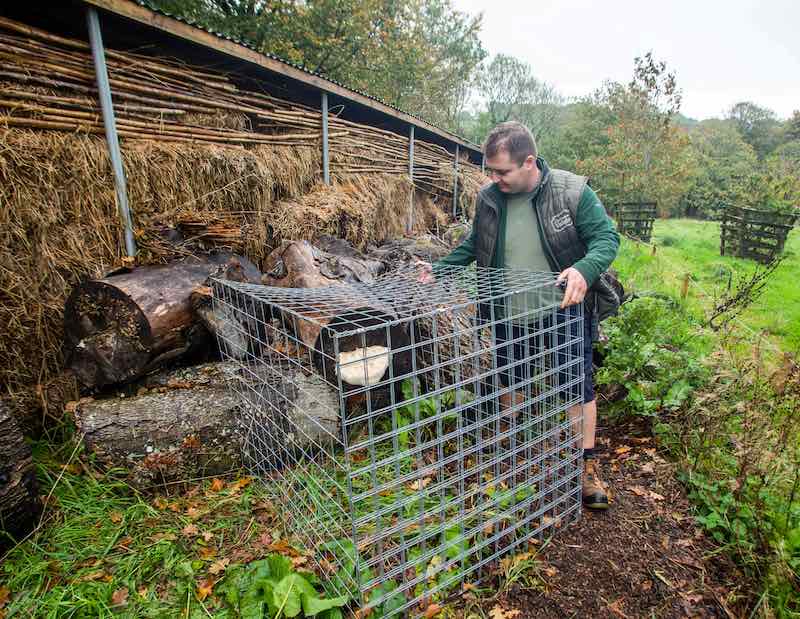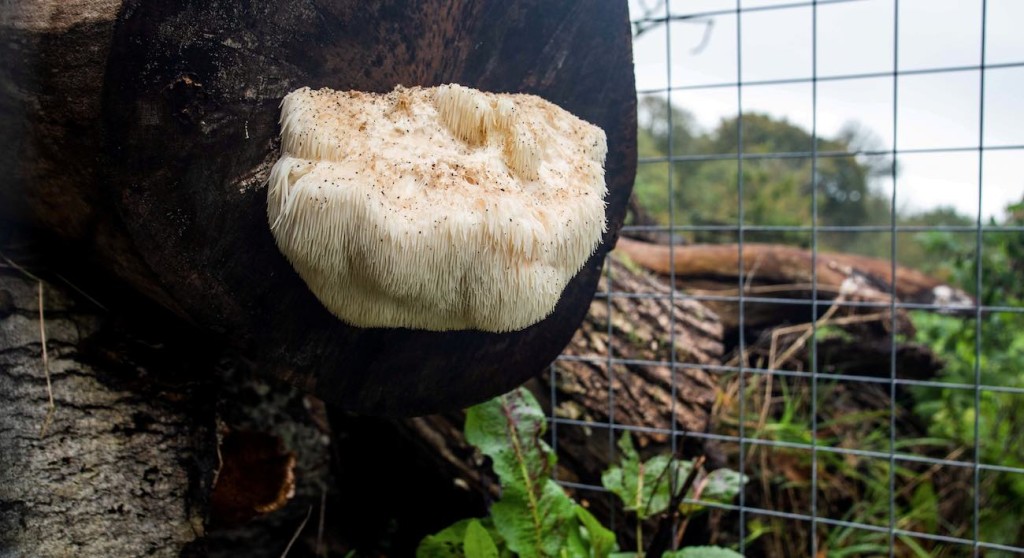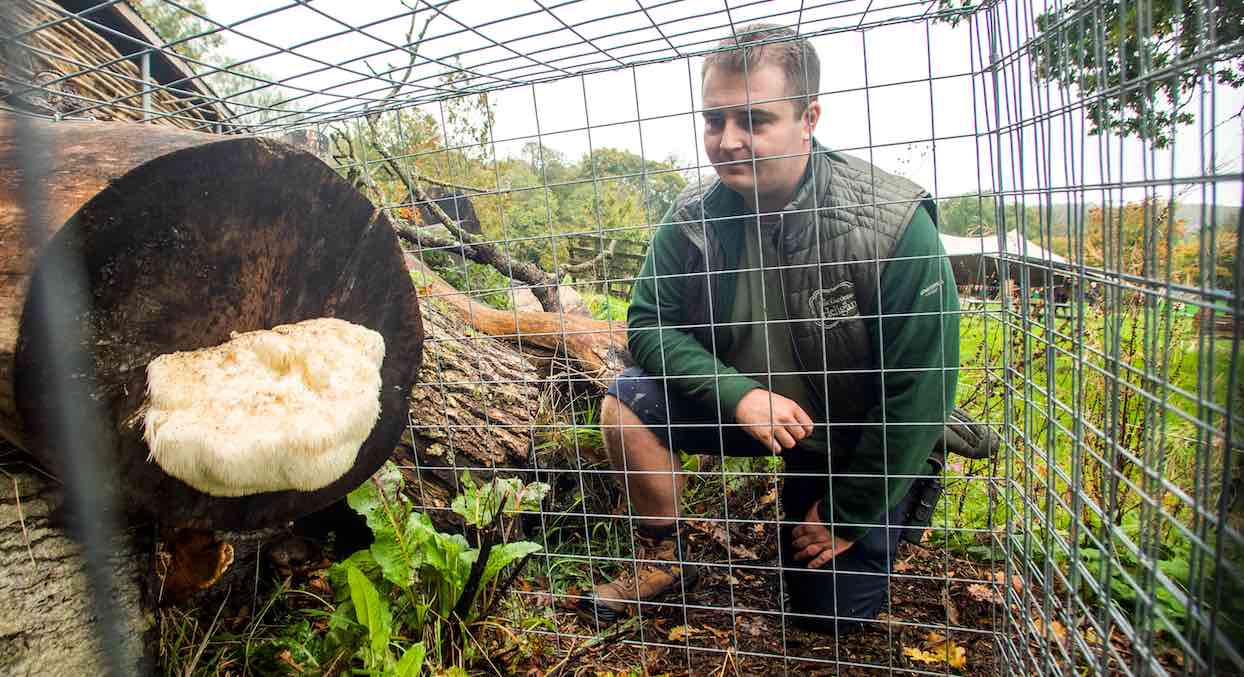
A historic English garden recently became home to a fungus so rare in the UK that a gardener erected a cage to protect it from knowledgeable foragers who claim it can help fight dementia and cancer.
Spotted by a volunteer at The Lost Gardens of Heligan in Cornwall, they identified the big shaggy ball as a “bearded tooth fungus” (Hericium erinaceus).
They then discovered another example of the fungus in the gardens’ bug hotel known as “Buggingham Palace.”
Staff received advice from local and national fungi experts on the mushroom and of its potential for both culinary and medicinal use, as the bearded tooth is none other than the now well-researched lion’s mane mushroom.
Common in many popular supplements, lion’s mane contains dozens of useful nutrients. Studies on lion’s mane have shown they are particularly beneficial for the activity of the brain due to their contents of amycenone.
In 2015, Japanese researchers used amycenone to restore healthy cognitive function in three patients with mild neurocognitive disorders resulting from neuromedical treatment, and several other research teams have used lion’s mane to restore nerve function in brain-damaged mice.
Furthermore, lion’s mane is often marketed as being able to aid in the treatment of depression. At least in regards to inflammation-related depression, this claim has been demonstrated in mice that were poisoned with an endo-lipopolysaccharide. The LPS induced inflammatory cytokines like IL-10 and TNF-A, both of which the mushroom suppressed.

In addition they, like many medicinal mushroom species, contain compounds that have been shown to have anti-cancer, antiviral, and anti-inflammatory properties. They also contain beta-glucans as their principal carb component—the most therapeutic kind of dietary fiber we know of.
Back at The Lost Gardens, the football-sized lion’s mane has been caged off to protect it from people who may want to forage the mushroom for these properties.
CHECK OUT: Research Suggests Mushrooms Talk to Each Other With a Vocabulary of 50 ‘Words’
“Usually this mushroom is found in dense woodland where members of the public wouldn’t see it,” said Toby Davies, the wildlife coordinator at the gardens. “I put the cage up—the main emphasis was partially because Buggingham Palace borders a playground and the other thing is that it’s edible.”
“Nine out of ten people wouldn’t know what it is, but the cage is mainly there to prevent people from tampering,” he said.
In the wild, it’s so rare in Britain that it’s protected under Schedule 8 of the Wildlife and Countryside Act, making it illegal to intentionally pick, uproot or destroy. Schedule 8 is the highest level of protection.
YOU MAY ALSO LIKE: The Many Health Benefits of Eating Mushrooms That Are Wild – And Picking Them Doesn’t Deplete Supply
“Most of the time, when there’s these fungi around, there’s only 15 reports across the whole country—here we’ve got two within the same vicinity of one another.”
“We saw it initially maybe a week and a bit ago, it was spotted by one of our volunteers and he was the first to spot it and show it to me and at that point we didn’t know how significant it was.”
SHARE This Super Rare Find And Nutraceutical Knowledge With Your Friends…




















